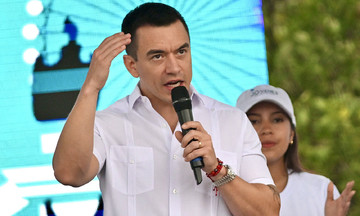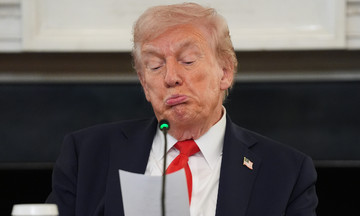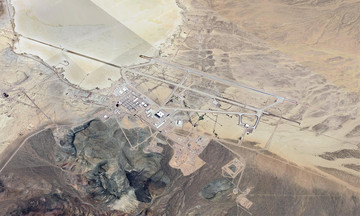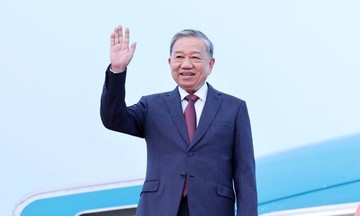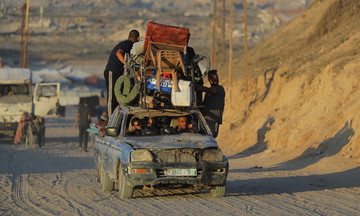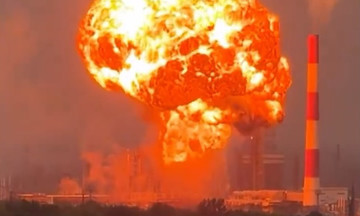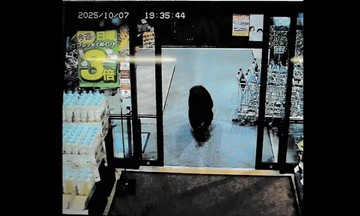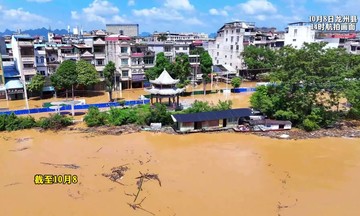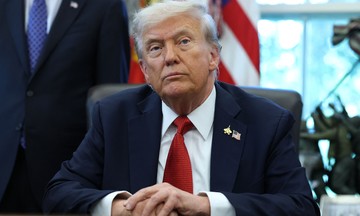Days after Nepal's most intense protests in years, young people launched a new “campaign” on the streets of Kathmandu. This time, they carried brooms, bags, and trash cans instead of banners.
Nepal's Setopati reported that hundreds of volunteers, mostly teenagers and people in their 20s, appeared near the parliament building in New Baneshwar starting 10/9 to collect garbage, sweep ashes, and clear broken glass and rubble.
This area was the epicenter of violent clashes during the protests. The parliament building was also set on fire by rioters at the height of the unrest.
Images circulating on social media showed groups of young people starting work early in the morning across the capital, sweeping sidewalks, repainting defaced walls, and redrawing road and sidewalk markings, according to Republica.
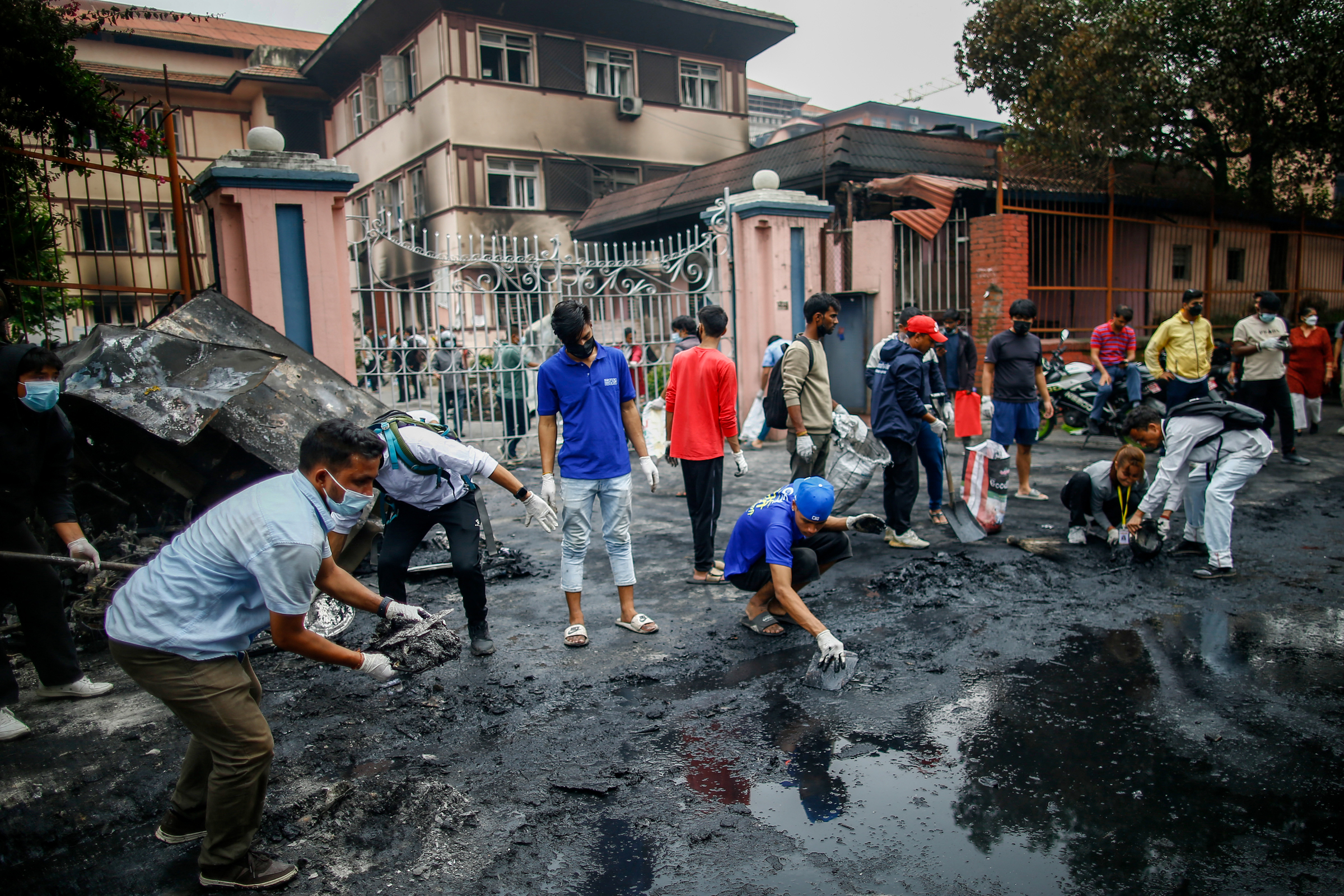 |
Young Nepalese clean the street in front of the Supreme Court in Kathmandu on 10/9. Photo: Reuters |
Young Nepalese clean the street in front of the Supreme Court in Kathmandu on 10/9. Photo: Reuters
Local news outlets reported that young people also returned items like refrigerators, microwaves, and electric fans that had been looted during the chaos. They helped fill potholes and replace broken tiles in areas where government buildings had been set ablaze.
The organizers of the clean-up effort said they wanted to demonstrate civic responsibility and show that the recent protests were aimed at building the nation, not destroying it.
Many young Nepalese blamed "opportunists" for exploiting the protests to incite violence. They sought to restore the image of the movement as one focused on anti-corruption, rather than looting and destruction of public property.
A 9/9 announcement by the protest coordinating group Gen Z also affirmed their opposition to violence and looting, emphasizing their goal of "building a new Nepal" and calling on young people to continue their struggle "peacefully and with discipline."
Protests erupted in Nepal earlier last week over a government ban on 26 social media platforms. Although the ban was quickly lifted, the protests shifted to target corrupt officials and escalated into riots.
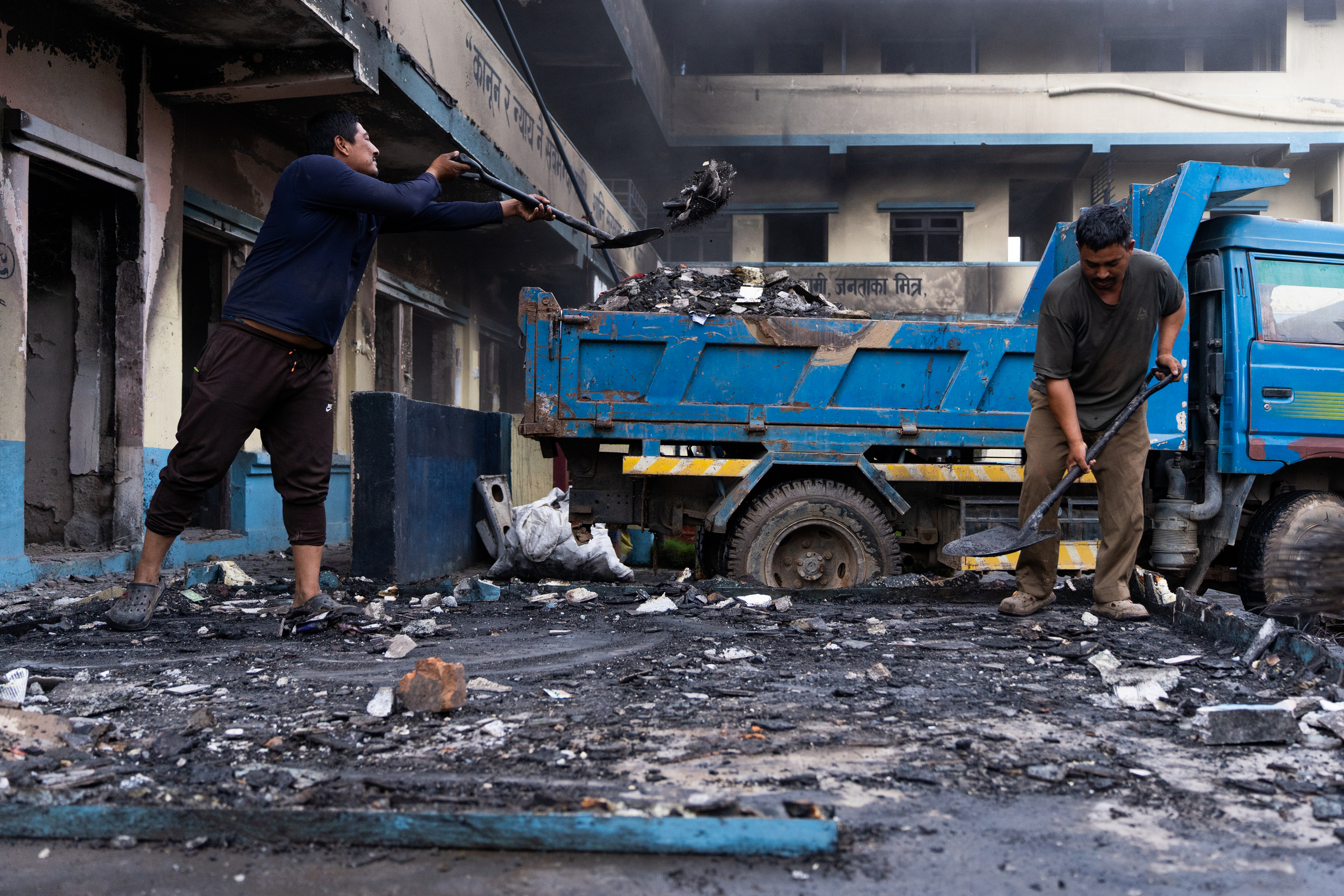 |
People clean a police station in Bhaktapur on 15/9. Photo: Reuters |
People clean a police station in Bhaktapur on 15/9. Photo: Reuters
The unrest led to the resignation of Prime Minister K.P. Sharma Oli on 9/9. Four days later, Sushila Karki, the former chief justice of the Supreme Court known for her firm stance against corruption, was chosen as interim prime minister. The protests subsided after the Nepalese army took over national security.
According to Nepal's Ministry of Health, at least 72 people were killed and more than 2,100 injured in clashes across the country as of 15/9.
Nepal's Ministry of Home Affairs estimated the riots caused about 25 billion rupees (266 million USD) in damage, with the fire at the Kathmandu Hilton Hotel accounting for 83 million USD in losses. The parliament building and numerous ministry offices were burned down, forcing officials to set up outdoor tents for work.
More than 20 hotels were damaged or looted, threatening the tourism industry, a pillar of the economy that employs more than 370,000 people. The Singha Durbar palace, a historical symbol of Nepal and the prime minister's office, was also set on fire. Police stations, courts, and media offices were also attacked.
In her inaugural address, Karki said the protests caused "tremendous loss of life and property." The first female interim prime minister in Nepal's history pledged to develop a reconstruction plan and hold general elections within six months.
Thanh Danh (SCMP, ABC, Independent)



